Gardens May Change From Season To Season, But Their History Lives On At the Smithsonian
Smithsonian Gardens announces a new digital archive to collect the stories, photographs, legend and lore of America’s gardens and gardeners
Gardens evoke deep memories. Many of us spent our formative years learning about flowers and vegetables at the knees of our grandparents. We may not remember all the plant names, but we remember how being out in the garden made us feel—the warmth of the sun, the coolness of the soil, the crunch of the mulch and the smell of the lilacs. Does that garden you experienced as a child still exist? Most likely, it does not. Or, if it does, it has changed substantially from the one you first knew.
“Gardens are ephemeral,” says Kate Fox, an education specialist with Smithsonian Gardens. “These places, even more so than buildings, are lost to time. Dating back to Thomas Jefferson, we are a country of gardeners and there is a lot to be learned about our history through gardens and our gardening stories.”
To capture those stories in essays, photos and videos, a new digital archive, Community of Gardens is open and ready for business. Inviting every one from master gardeners, landscapers, historians and weekend enthusiasts to browse the records of gardens on a map of the United States or to submit a personalized accounting about a community garden, a school garden, a memory of a past garden, or to detail the delights of a favorite heirloom plant.
“We are looking especially for the garden stories of everyday people, not just the big estates,” Fox explains. “We also want to find out how Americans feel about gardening right now and what role it plays in their lives.”
“The historic material in our archives tends to be more of the higher socio-economic representation of gardens,” says Cindy Brown, also with Smithsonian Gardens. “The American story of gardens needs to tell the full story. We have all kinds of gardens in our country and we needed to think of a way to get the stories submitted so we decided to reach out online and through local schools.”
Over the next year, Brown and Fox will also be rolling out a project-based learning curriculum and toolkit to support teachers interested in getting their students out into their communities to collect stories about gardens “There are two parts,” says Fox of the project. “First, there is the preservation of stories that would otherwise be lost to time. The other side of it is that storytelling is a way to connect communities, and these conversations tend to encourage people to see the place where they live in a new way.”
Brown explains that the Smithsonian Gardens staff has been working hard to develop an education piece that teaches students how to do oral histories and interview people. “We also want students and families to be engaged in understanding how gardens really keep a community healthy,” she says. “Hopefully, this will open up the students’ eyes to new careers in horticulture as well.”
One Virginia gentleman has used the project to explore his ancestry. He was able to trace his garden story back to 19th-century Italian immigrant ancestors. “It started am amazing conversation within his family and he learned many new things,” said Fox.
“This is the first step in reaching a broader audience and engaging directly with them,” said Fox. “We are excited to see what kind of stories we’ll get.”
Here’s the call to action. Gardeners, put down your trowel and log in. Are there fading memories that percolated as you read this? Maybe there was a family member or friend that can help fill in some of those garden details that may otherwise be lost to time? When you are ready to share your story, please go online to Community of Gardens. I cannot wait to read them!
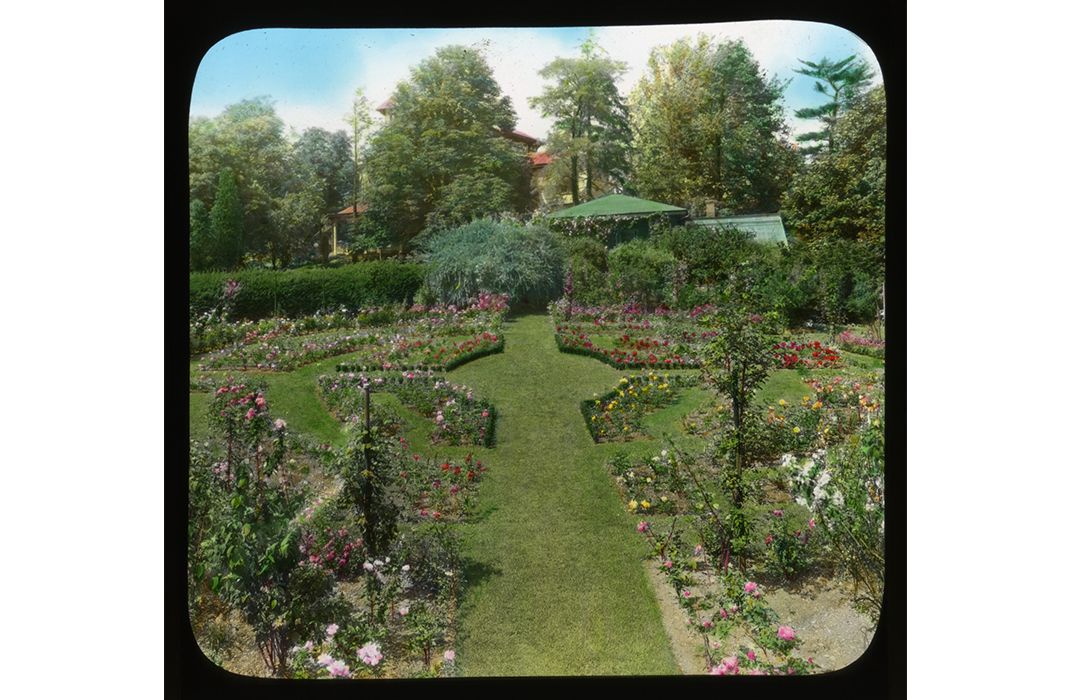
/https://tf-cmsv2-smithsonianmag-media.s3.amazonaws.com/filer/67/6f/676f4bd8-ad6c-48af-978a-1da1b855c86a/4059_image.jpg)
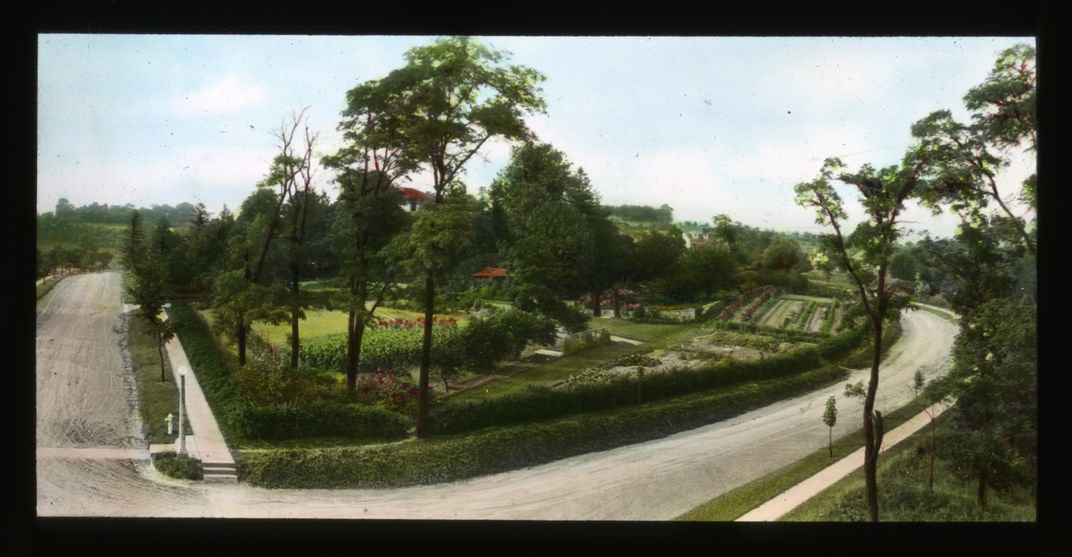
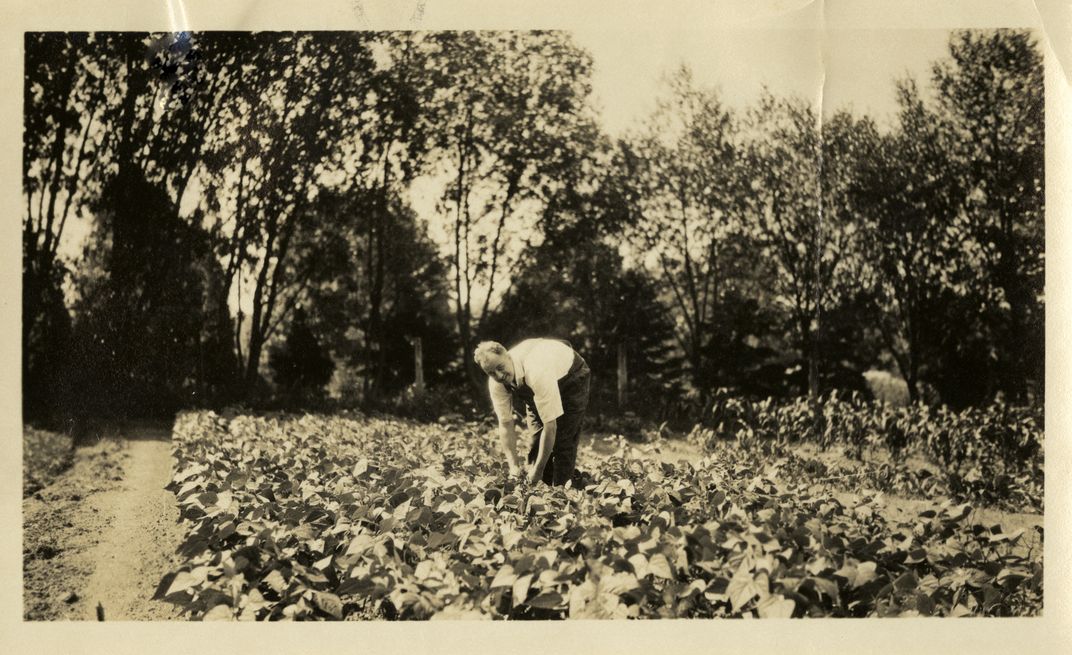
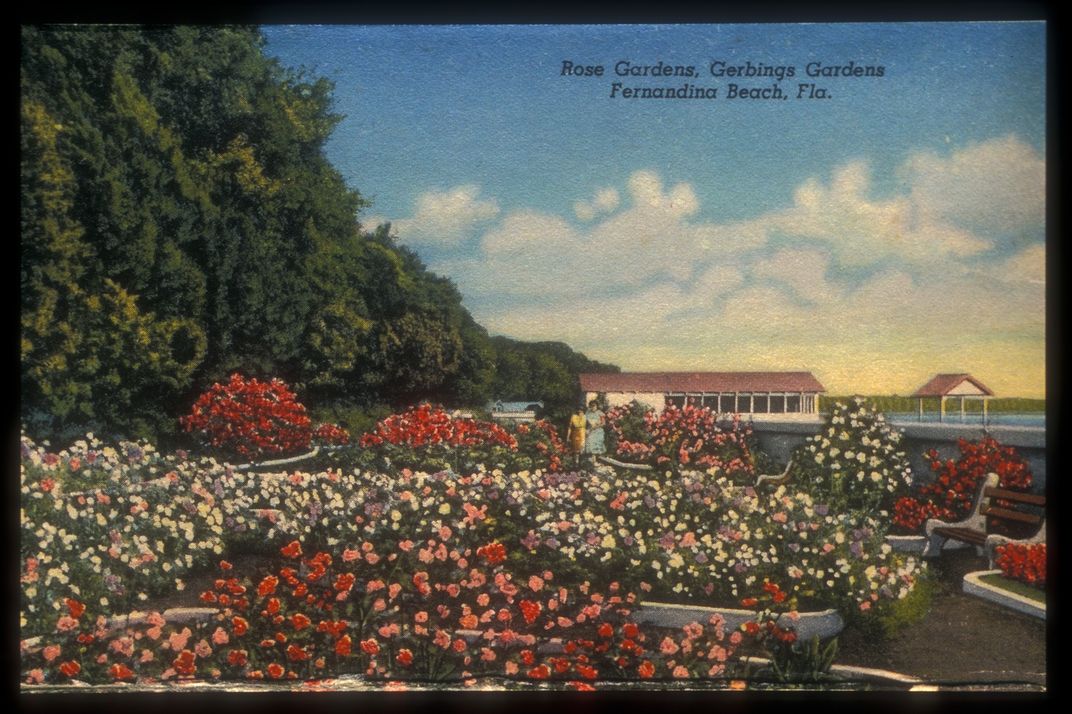
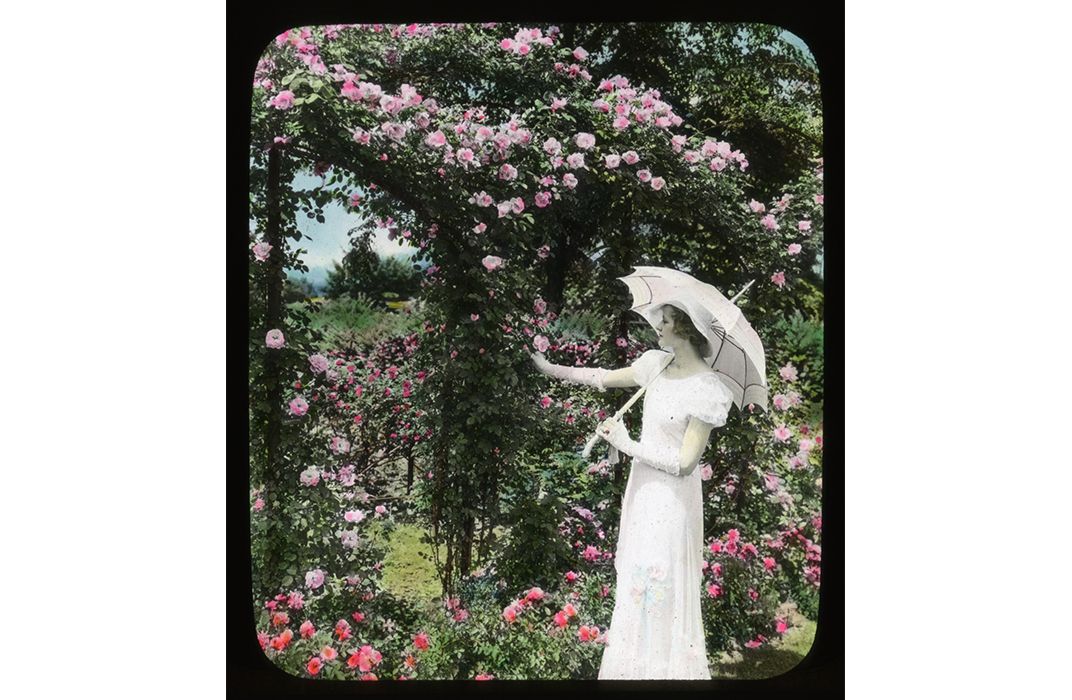
/https://tf-cmsv2-smithsonianmag-media.s3.amazonaws.com/filer/60/ea/60ea804d-20b3-447f-ab93-579cf70db944/ofeo-sg-fl170013.jpg)
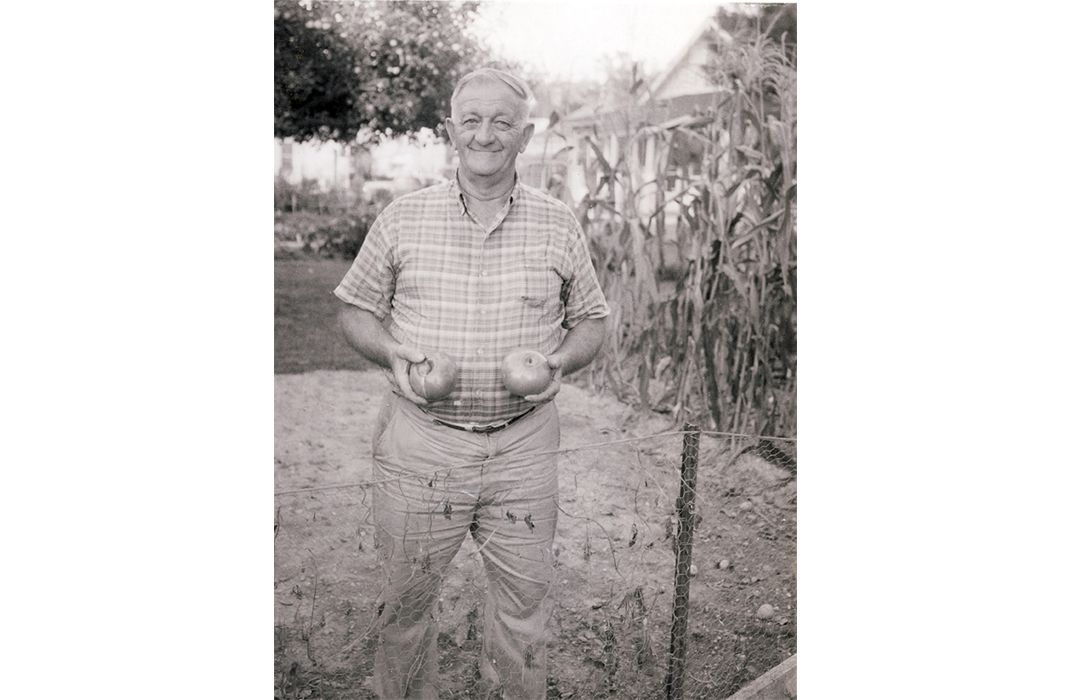
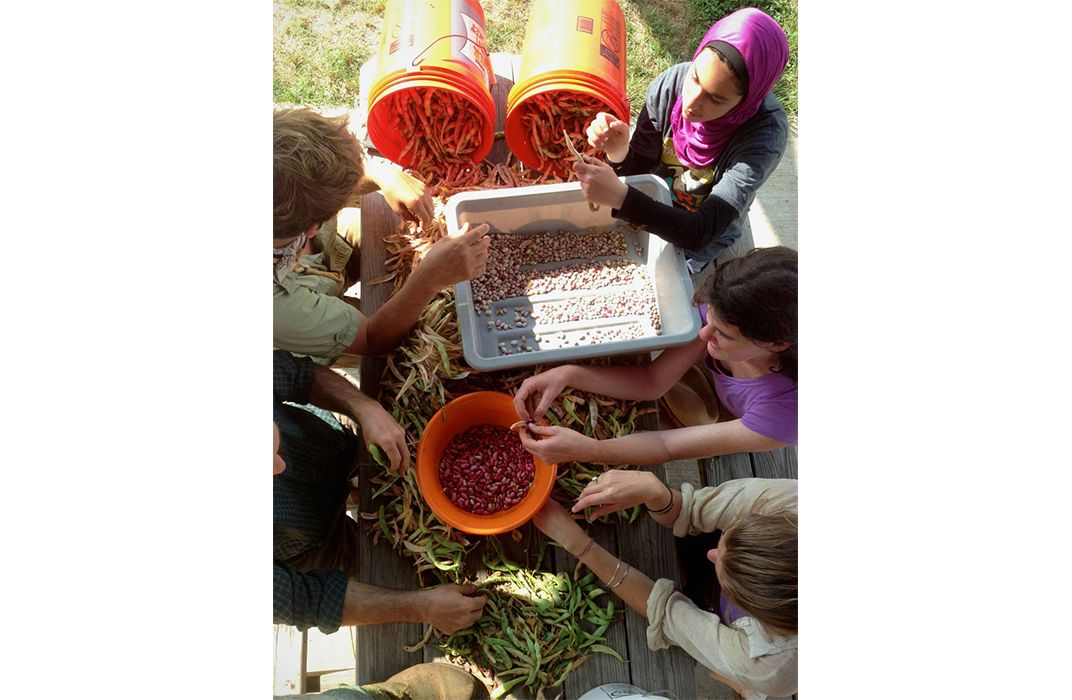
/https://tf-cmsv2-smithsonianmag-media.s3.amazonaws.com/filer/8c/24/8c24f06d-1fec-4c8a-9e63-0b3fa96426a0/979d29f6c64f8e76406ca203c6ae4214.jpg)
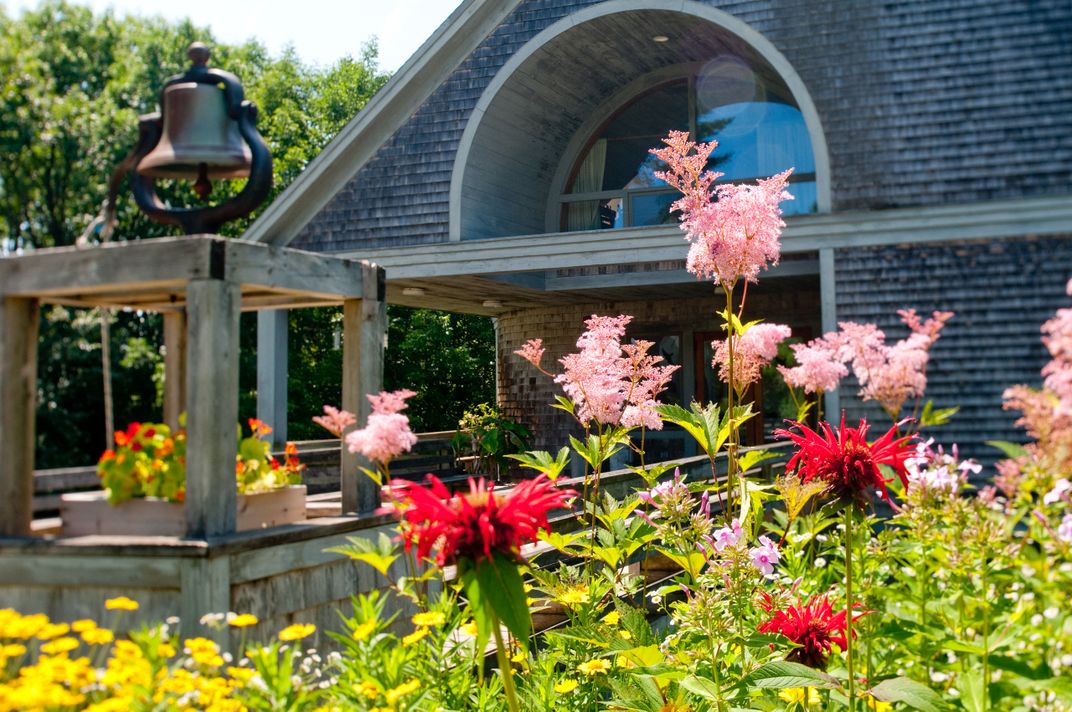
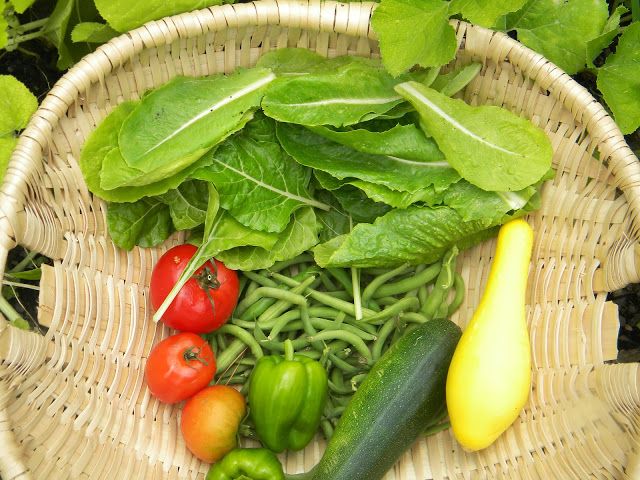
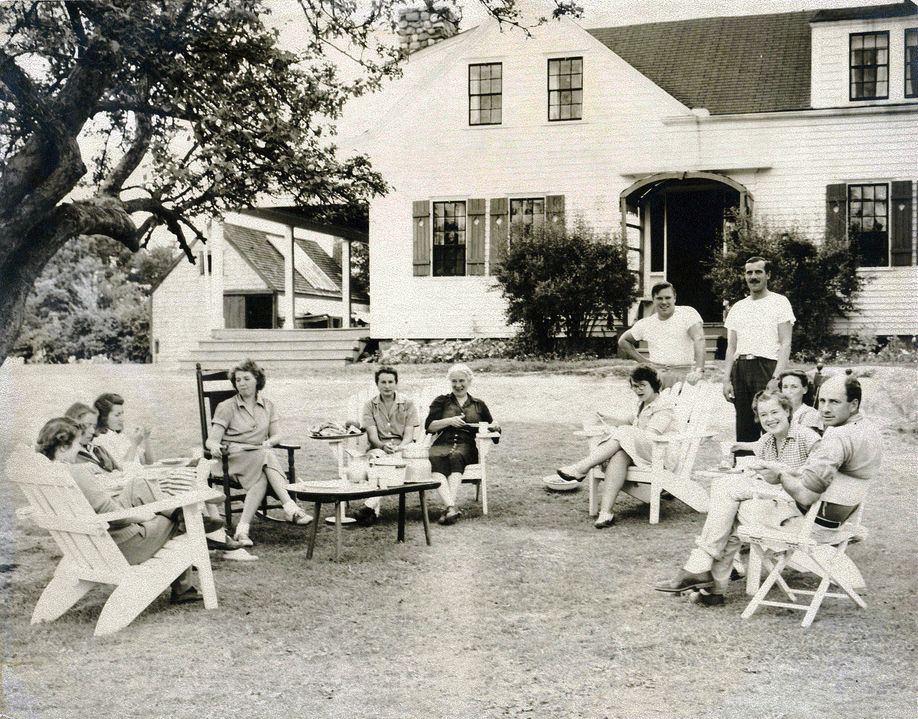
/https://tf-cmsv2-smithsonianmag-media.s3.amazonaws.com/filer/db/03/db034b97-88ff-40a9-bde0-c25134a5e9e5/27de9d7c9271b104e4ed8955decb91aa.jpg)